Skincare Ingredients: The Good, The Bad, and How to Know Which is Which
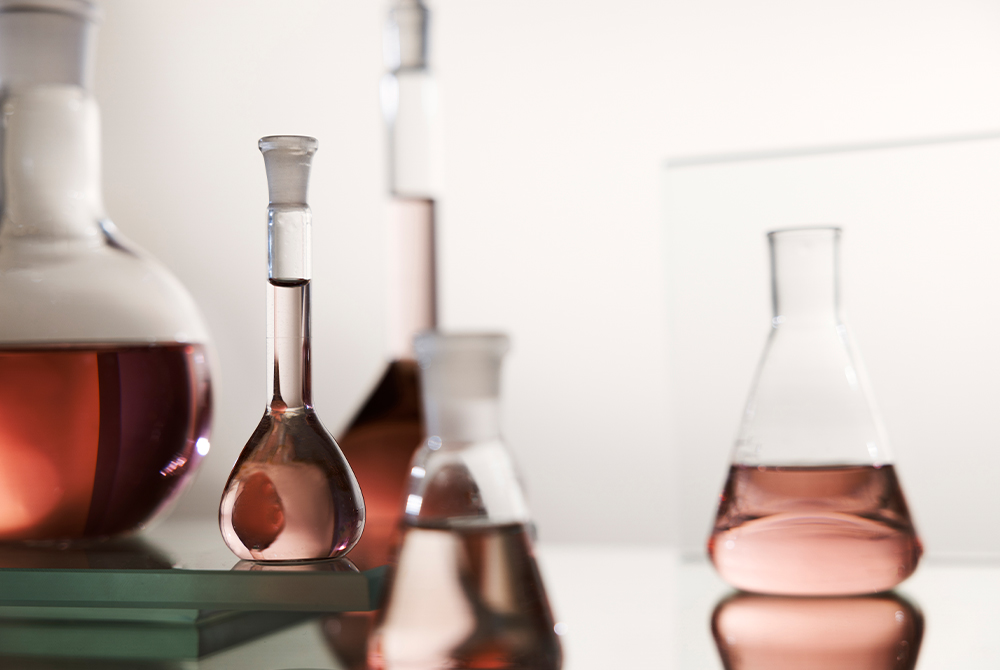
|
Skincare ingredients are the backbone of what makes products work. They're essential for figuring out which products will perform best for your skin type and skin issues. The Good: Vitamin C Vitamin C is an antioxidant. It's also one of the most powerful antioxidants out there--so powerful that it can actually help reduce the appearance of wrinkles and fine lines. Vitamin C has been shown to protect against free radicals, which cause oxidative stress on your skin. This can lead to premature aging, but thankfully vitamin C helps repair damage done by these free radicals so that you look younger for longer! 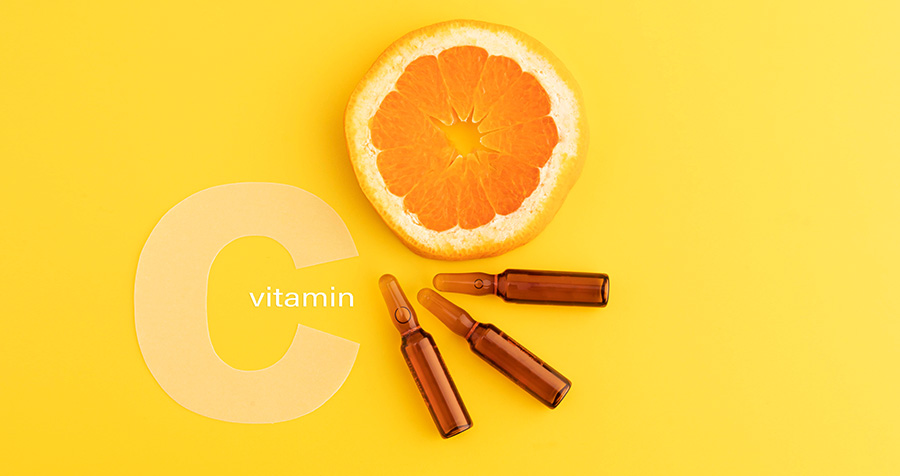
The Bad: Parabens Parabens are a class of chemicals added to skincare products to help preserve them. They were first used in the 1920s and are found in everything from lotions to makeup. Parabens may be an issue for you if you're sensitive to them or have an allergy to paraben-containing products; otherwise, there's no reason not to use products with this ingredient in them. In fact, some studies have shown that parabens can actually be beneficial for your skin--especially when used in small amounts (like those found in cosmetic formulas). But if you want something without parabens altogether and would rather not risk sensitization reactions or allergic reactions on top of everything else we've covered here today... then consider looking into non-paraben alternatives! Studies about this Ingredient:Final amended report on the safety assessment of Methylparaben, Ethylparaben, Propylparaben, Isopropylparaben, Butylparaben, Isobutylparaben, and Benzylparaben as used in cosmetic products. Safety Assessment of Parabens as Used in Cosmetics Parabens Factsheet | National Biomonitoring Program | CDC The Good: Hyaluronic Acid
Hyaluronic acid is a natural substance that's found in your skin. When you're young, it helps to keep your skin supple and plump by holding water inside of the cells of your epidermis (the top layer of skin). As we age, hyaluronic acid levels decrease; this can lead to dryness and fine lines on our faces as well as other parts of our bodies like our hands or elbows.There are many benefits associated with using products containing this ingredient: they help increase hydration while reducing inflammation at the same time! Some products also contain antioxidants that protect against free radical damage caused by UV rays and pollutants in the air around us every day. 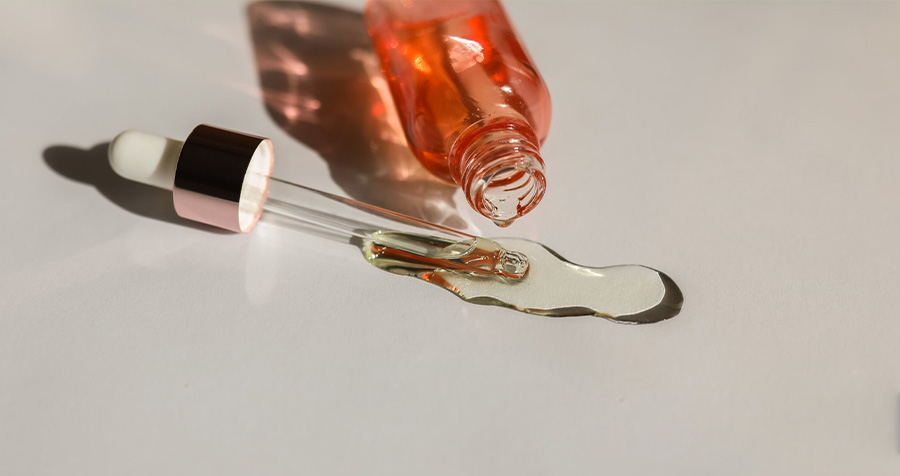
The Bad: Phthalates Phthalates are used to make plastics more flexible, but they've also been linked to birth defects and hormone disruption. They are common in personal care products like nail polish, deodorant, hair spray, and perfume. The EWG gives phthalates a rating of 8 out of 10 on its hazard scale (10 being the most hazardous). The FDA says that high exposure levels may cause reproductive harm in males and females alike; however, they don't seem too concerned about low-level exposure from cosmetics or other sources like food packaging materials since there aren't any studies showing any ill effects at these levels--and we all eat food every day. 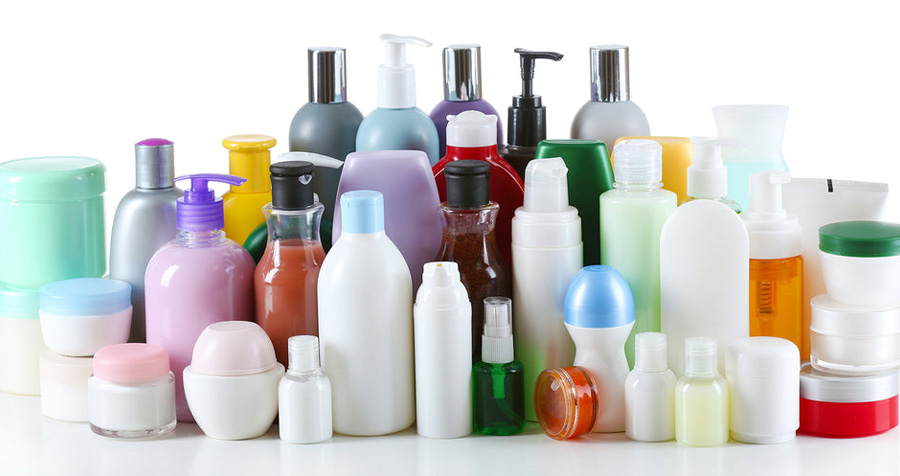
Studies about this Ingredient:Phthalates - Canada.ca Phthalates - Campaign for Safe Cosmetics Phthalates - Environmental Protection Agency The Good: Niacinamide Niacinamide is a form of Vitamin B3, and it's often used in skincare products to treat acne and skin discoloration. It can also help with anti-aging because it promotes collagen production and helps reduce inflammation. Niacinamide is safe for most people to use; however, if you have diabetes or high blood sugar levels there are some precautions that need to be taken when using this ingredient. You should be aware of how many niacinamide items you use throughout your routine when it comes to percentages. Niacinamide formulations can temporarily irritate the skin, resulting in redness, sensitivity, itching, and burning when used in excess or layered.
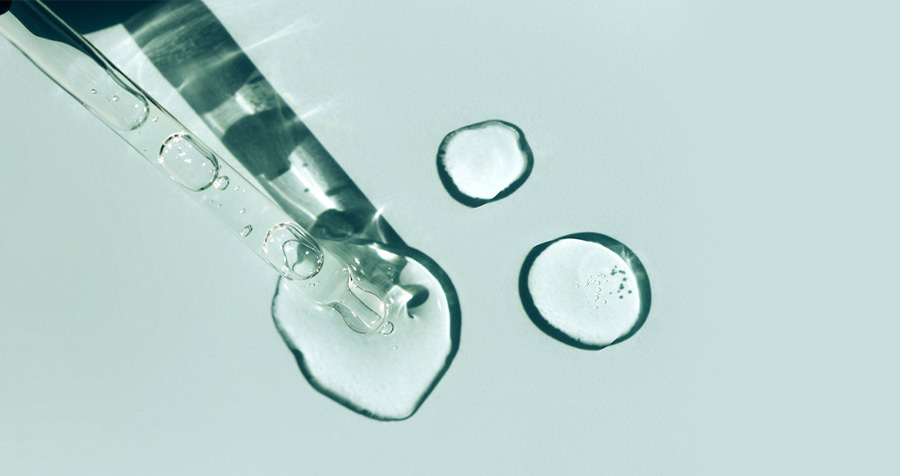 The Bad: Formaldehyde and Formaldehyde-releasing ingredients
Formaldehyde is a chemical used in the manufacture of many things, including plastics and fabrics. It's also used as a preservative in some skincare products, including nail polish. Formaldehyde can cause irritation and allergic reactions. This can be especially problematic for people with sensitive skin, who may not know that they're reacting to the formaldehyde until it's too late. If you have any reason to suspect that your product contains formaldehyde or other similar chemicals--such as diazolidinyl urea or imidazolidinyl urea--check the ingredients list before using it again on yourself or anyone else. Studies about this Ingredient:Formaldehyde may be found in cosmetic products even when unlabeled Exposing the Cosmetics Cover-up The Good: Retinol Retinol is a form of vitamin A that helps with wrinkles, acne, and skin discoloration. It's found in many different skincare products, including moisturizers and serums. If you use too much retinol without sunscreen or without being careful about wearing SPF during the day (and even at night), it can cause irritation, redness, and peeling. People with sensitive skin should be cautious when using this ingredient as well.
Polyethylene glycol compounds (PEGs) are a type of plastic that can be found in some skincare products. They're also used in food items such as ice cream and cheese, so you might have already consumed some PEGs without even knowing it! While there aren't any known negative health effects associated with PEGs themselves, they can cause skin irritation and allergies. While this isn't a huge concern if your skincare routine contains only one or two products containing PEGs, you may want to reconsider using products with high amounts of these ingredients if your skin is sensitive or acne-prone. Studies about this Ingredient:Final Report on the Safety Assessment of Polyethylene Glycols (PEGs) -6, -32, -75, -150, -14M, -2OM Safety Assessment of PEG Diesters as Used in Cosmetics Safety of Cosmetic Ingredients - Canada.ca The Good: Salicylic Acid Salicylic acid is a beta hydroxy acid that is commonly used in acne treatments, as well as other skin conditions like psoriasis and seborrheic dermatitis. It works by preventing the buildup of skin cells, reducing inflammation, and loosening blackheads so they can be removed more easily. It's important to note that salicylic acid can cause irritation if you have sensitive skin (which is why it's often combined with other ingredients). If this sounds like you, you may want to avoid using products with high amounts of salicylic acid on your face until you know how your skin will react.
The Bad: Plastic Microbeads
Microbeads are tiny plastic balls used in some skincare products to exfoliate and remove dead skin cells. They are often used as scrubbing agents, but they don't have to be abrasive. Microbeads can also be found in kinds of toothpaste, makeup products, and even clothing fabrics. Microbeads are so small that they cannot be filtered out of the water by wastewater treatment plants--they end up floating through the environment and into our waterways where they eventually make their way into our food chain through fish who eat them out of curiosity or mistake them for food particles (they look like krill). Once ingested by humans or animals, microplastics will enter your digestive tract where they accumulate toxins from whatever has been stored inside them over time--the same goes for any other pollutants present in our water supply! 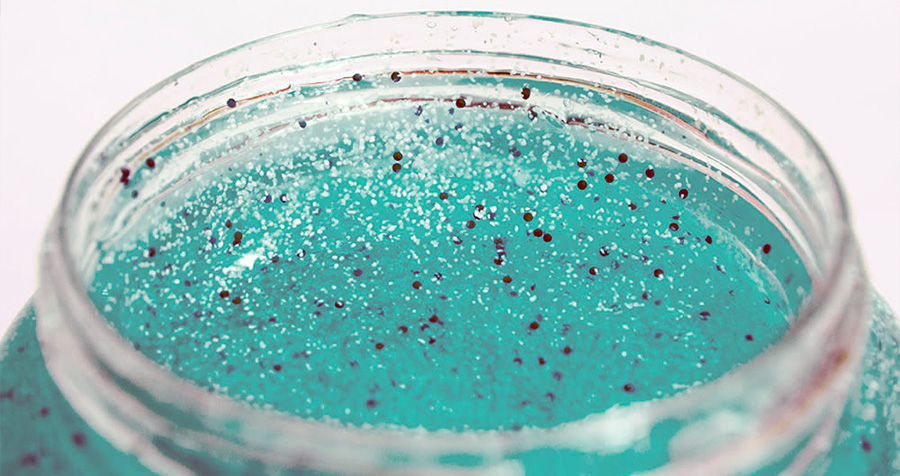 Studies about this Ingredient:Final Report on the Safety Assessment of Polyethylene Glycols (PEGs) -6, -32, -75, -150, -14M, -2OM Safety Assessment of PEG Diesters as Used in Cosmetics Safety of Cosmetic Ingredients - Canada.ca Skincare ingredients can be confusing, but they're important. Skincare products contain a lot of different chemicals and ingredients that can affect your skin in different ways. But don't panic! You don't have to throw out all your favourites just yet. The best thing you can do is educate yourself about what's in the products you use every day and make informed decisions about which ones are worth keeping around (and if so) and how often they should be used. The best way to know which ones are good for you is by understanding what each ingredient does, the potential pros and cons of using it on your skin, and whether or not there might be any side effects associated with its use (like irritation). The next time someone tells you that they're going on a "natural" cleanse because they heard it will help them lose weight or cure cancer? That person probably needs more than just their diet changed--but maybe this article could start them down the right path toward wellness anyway! |